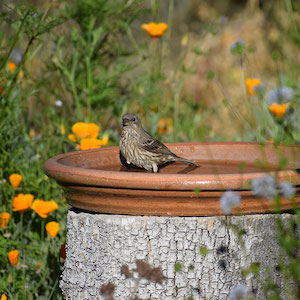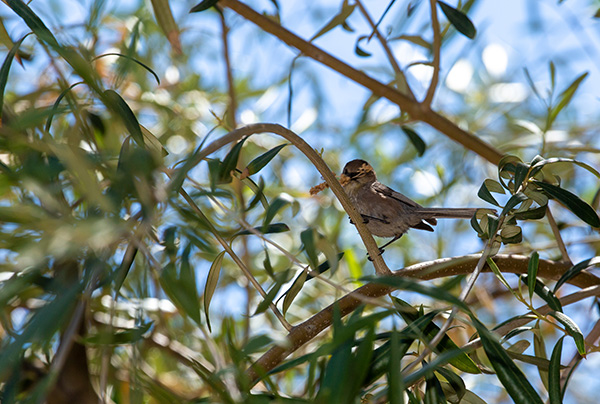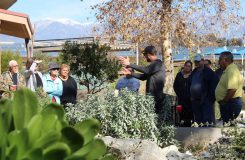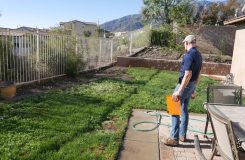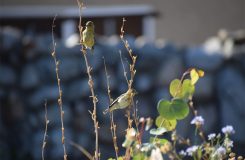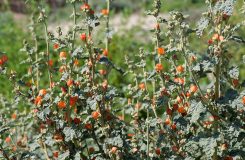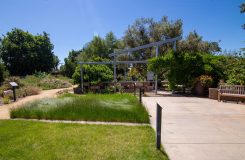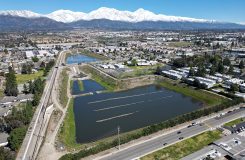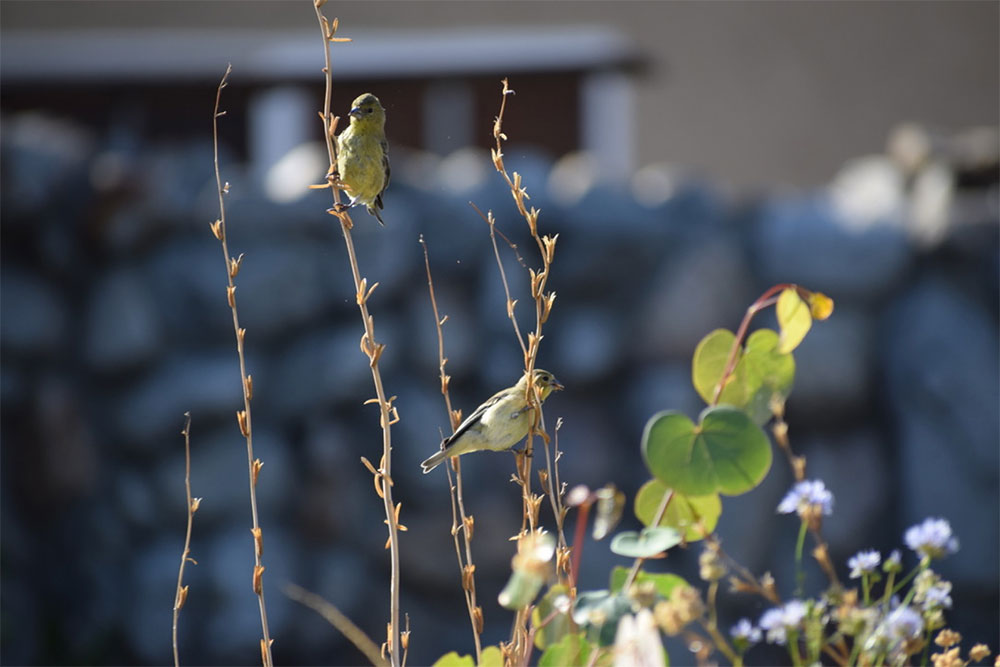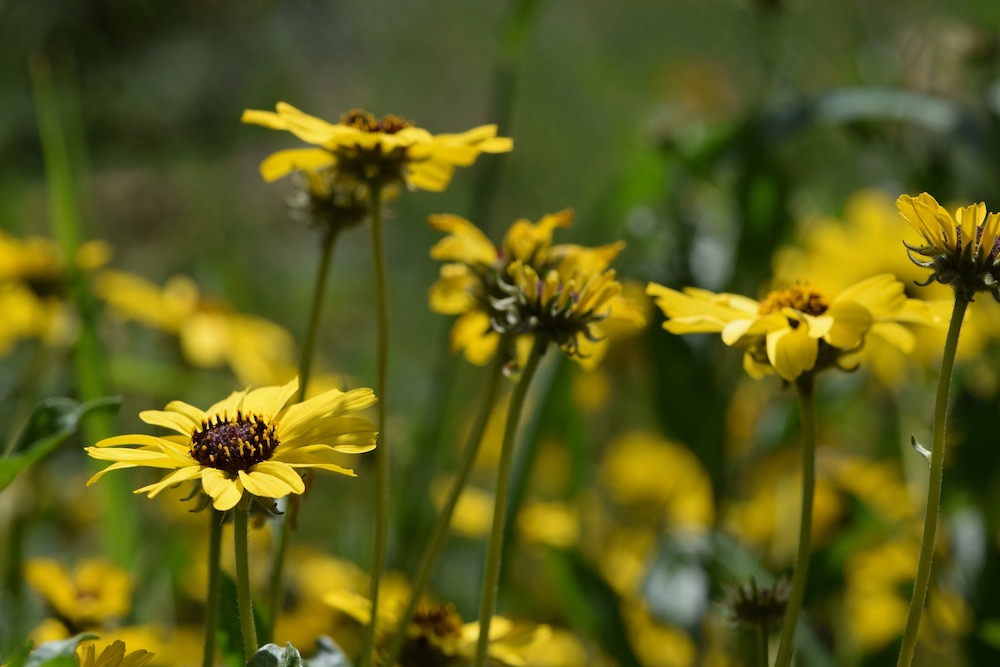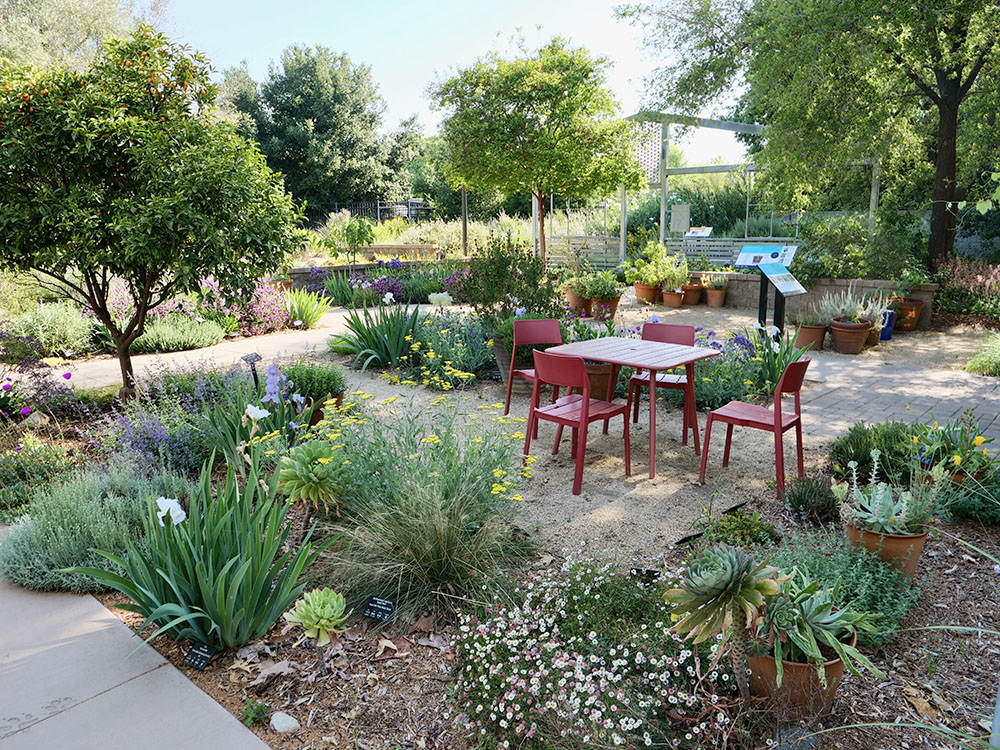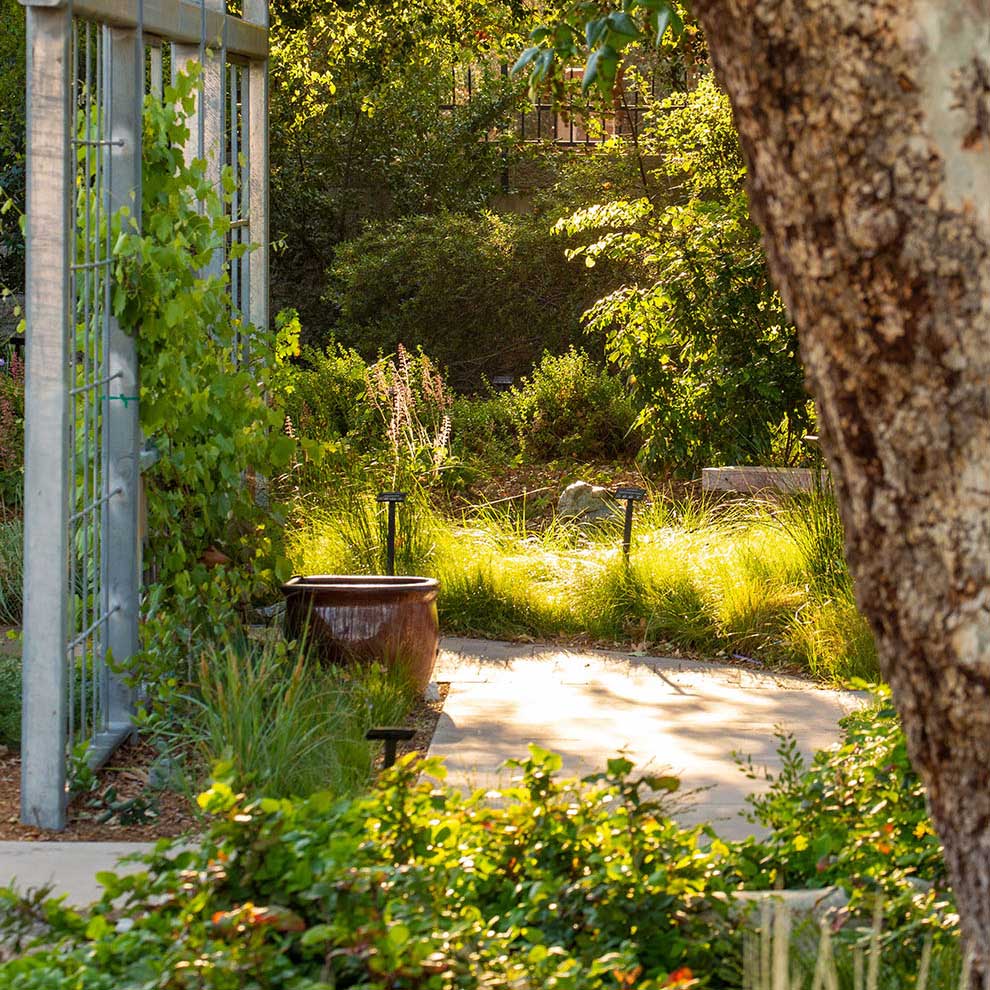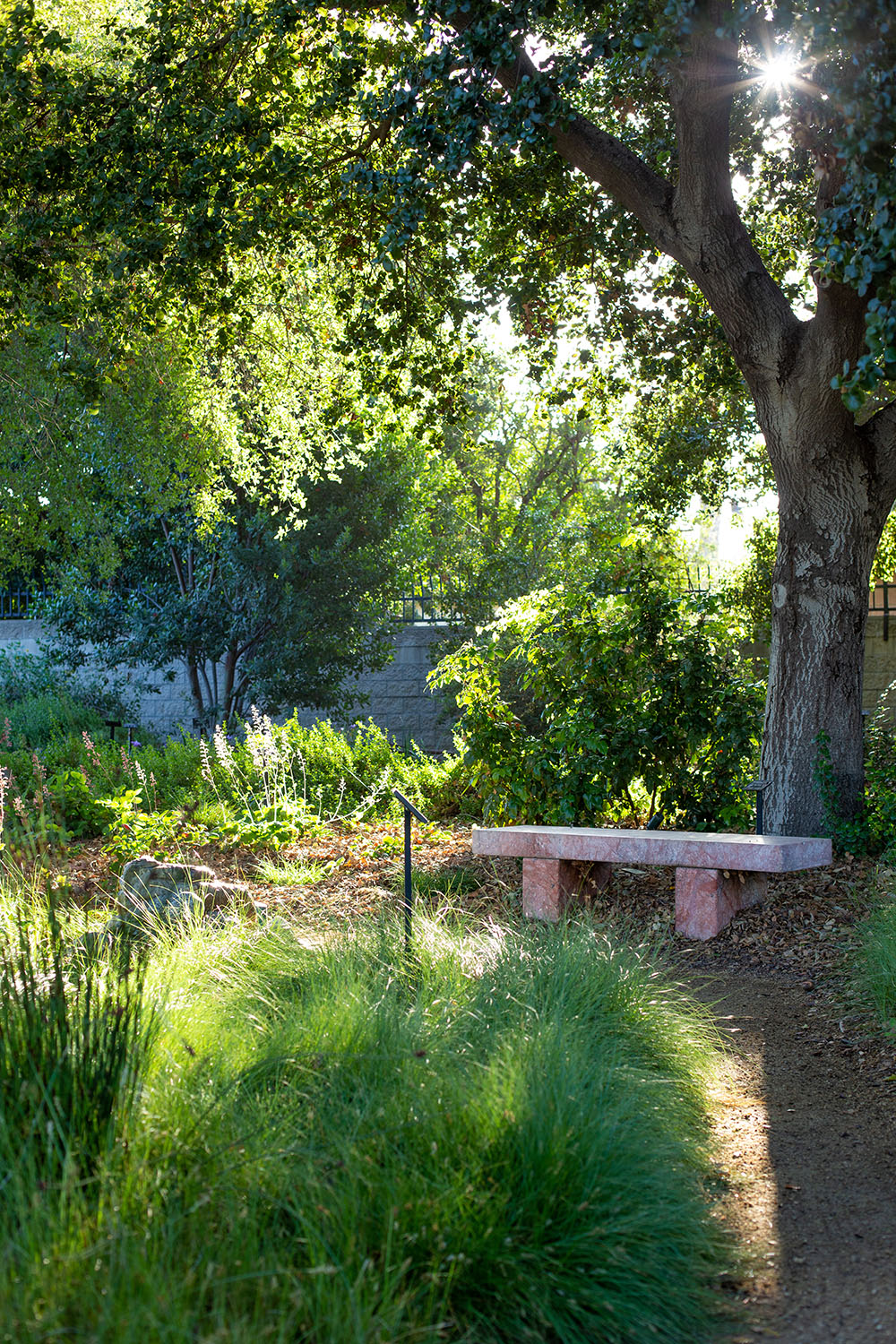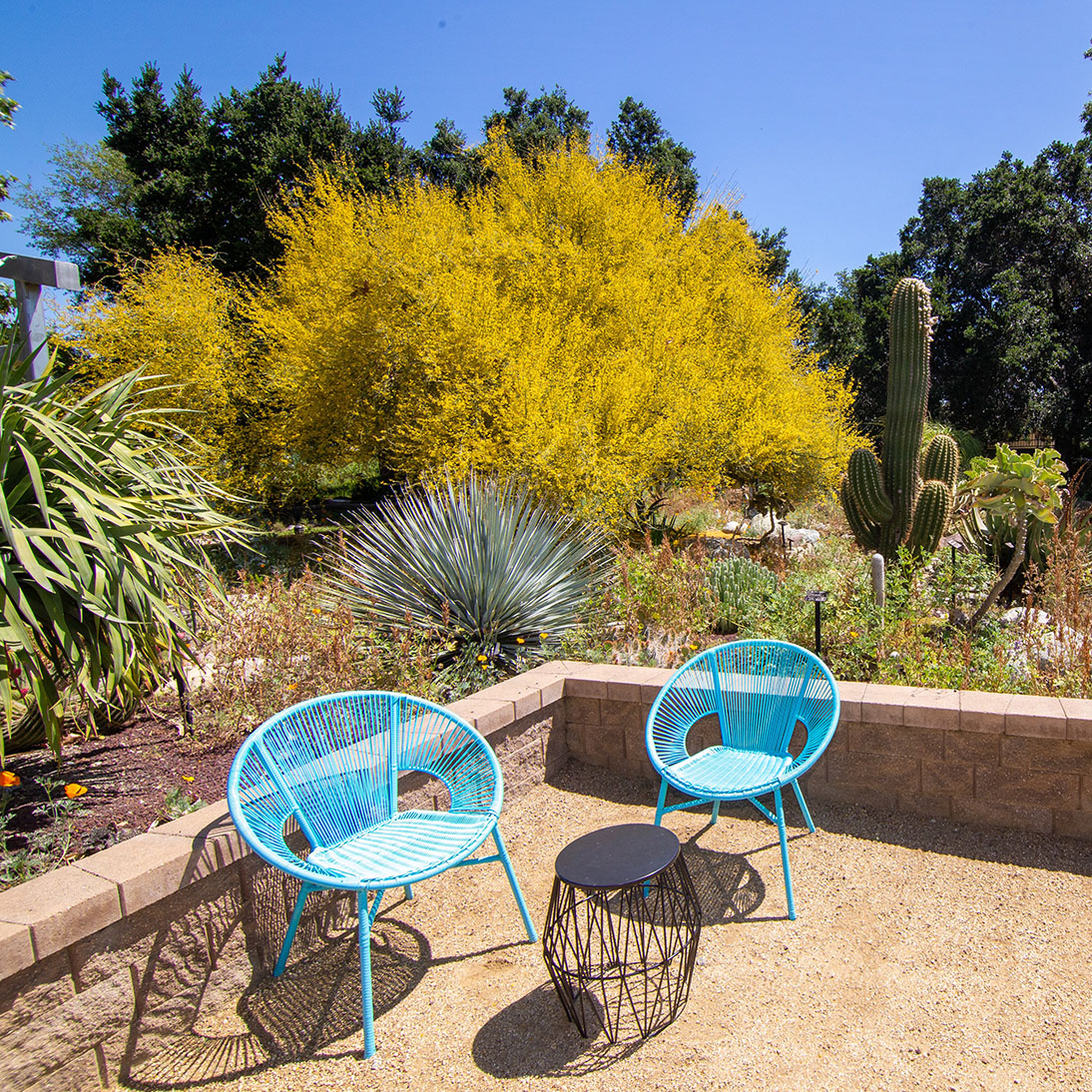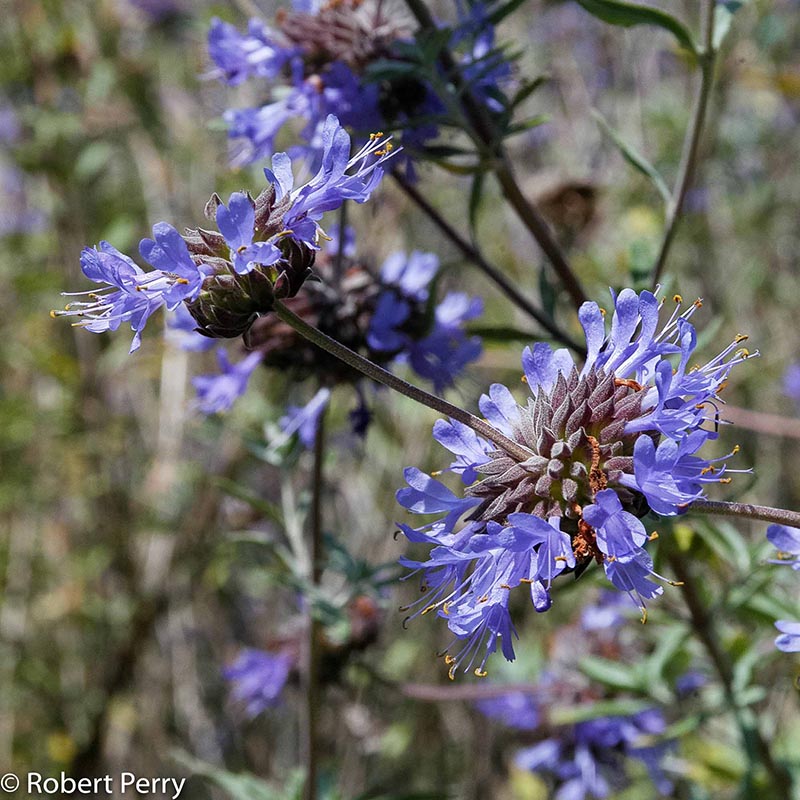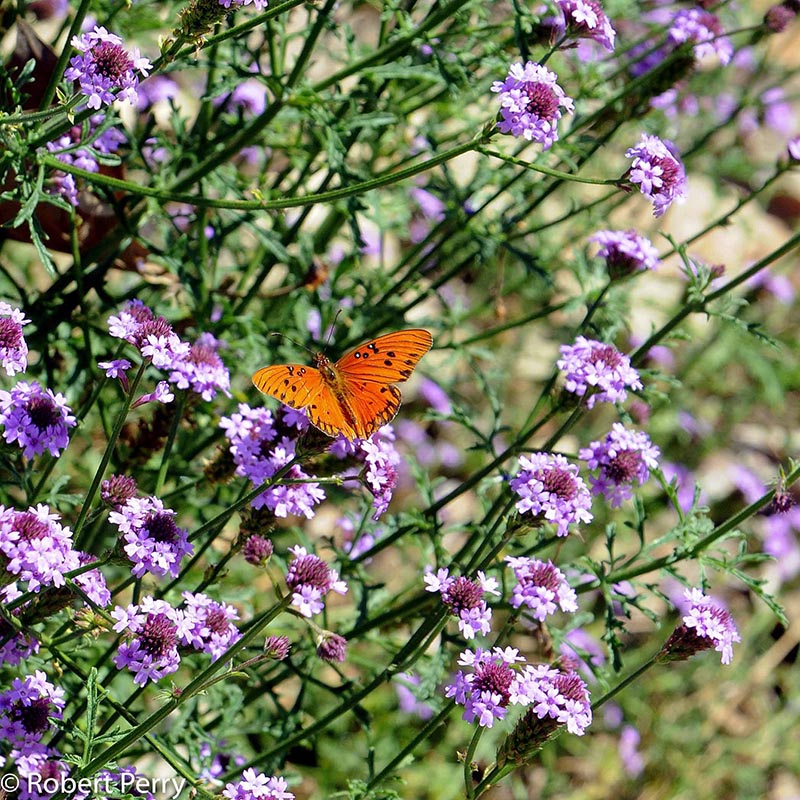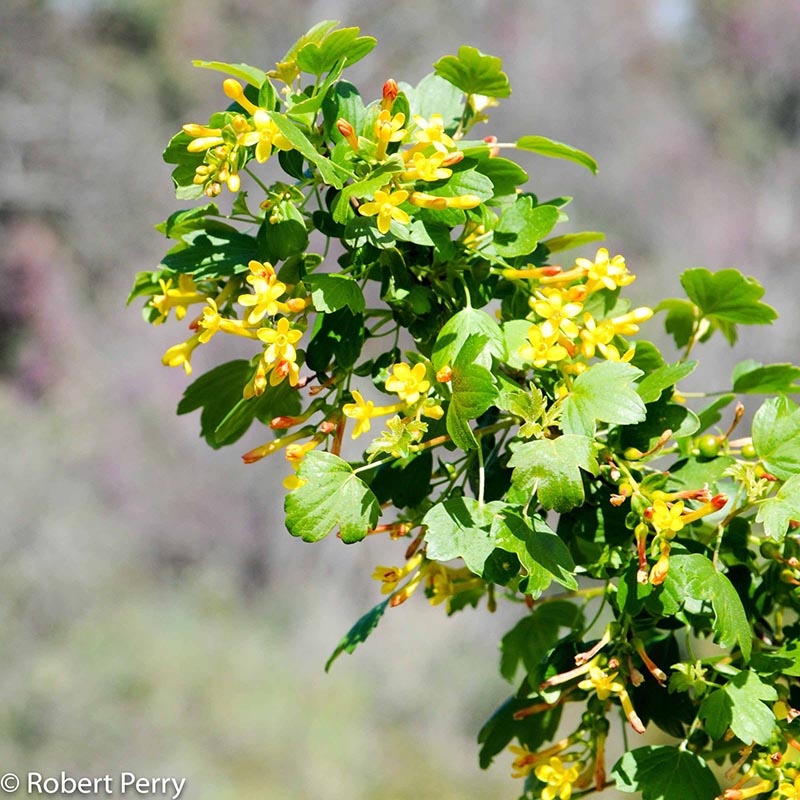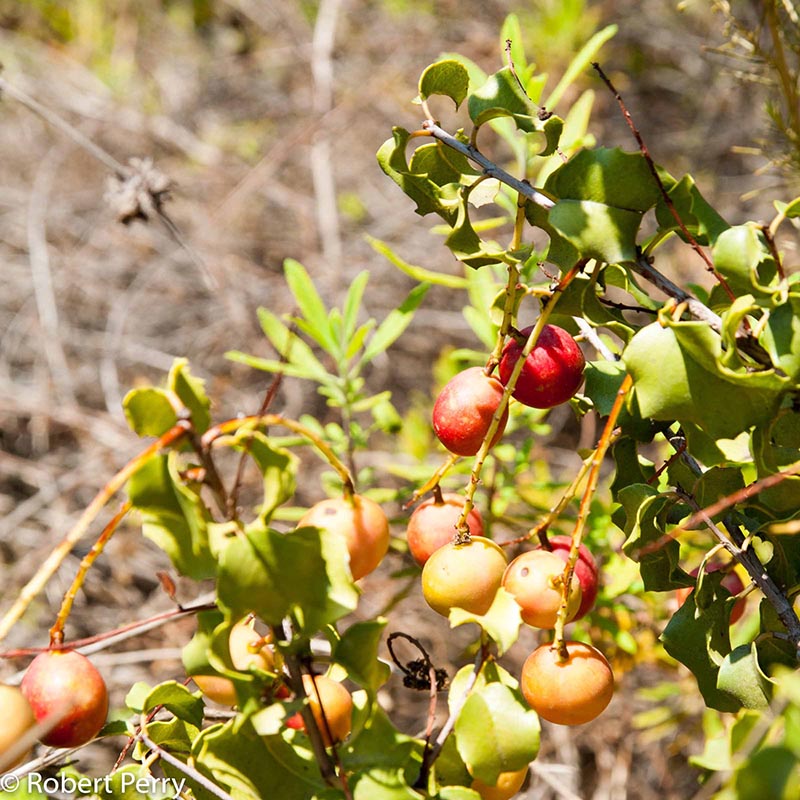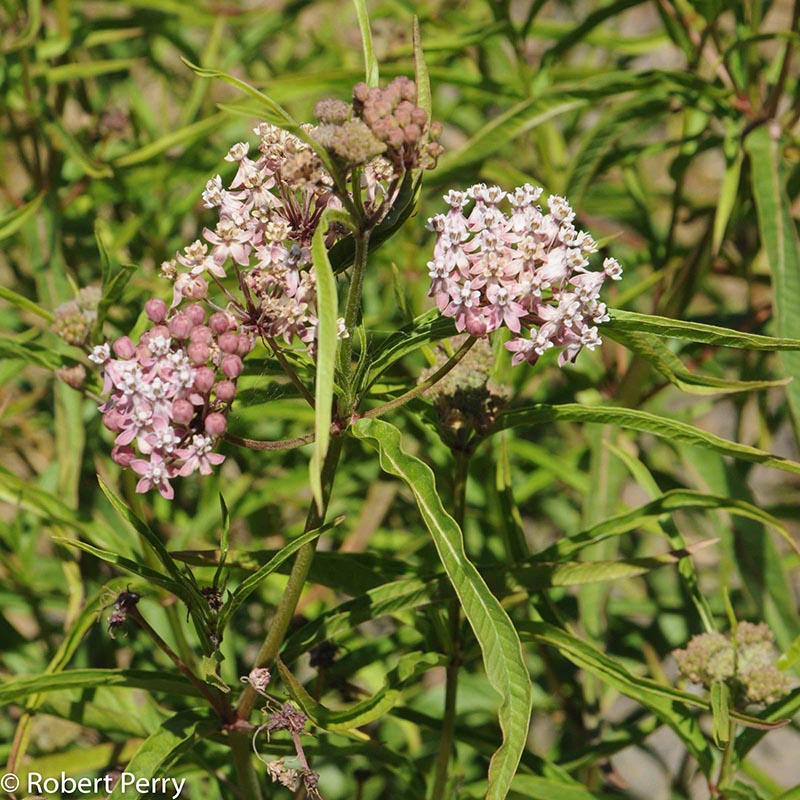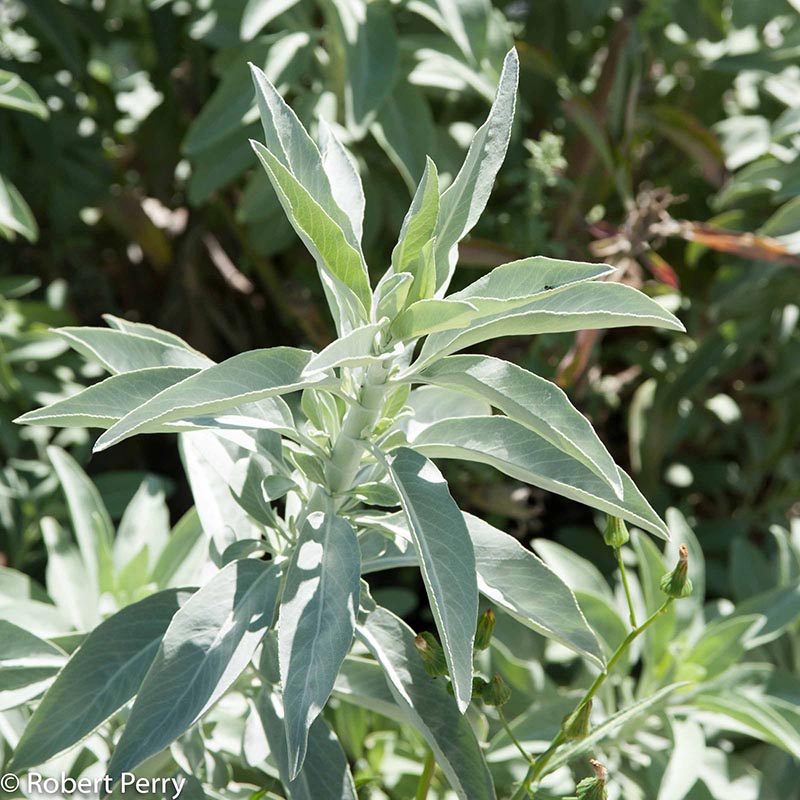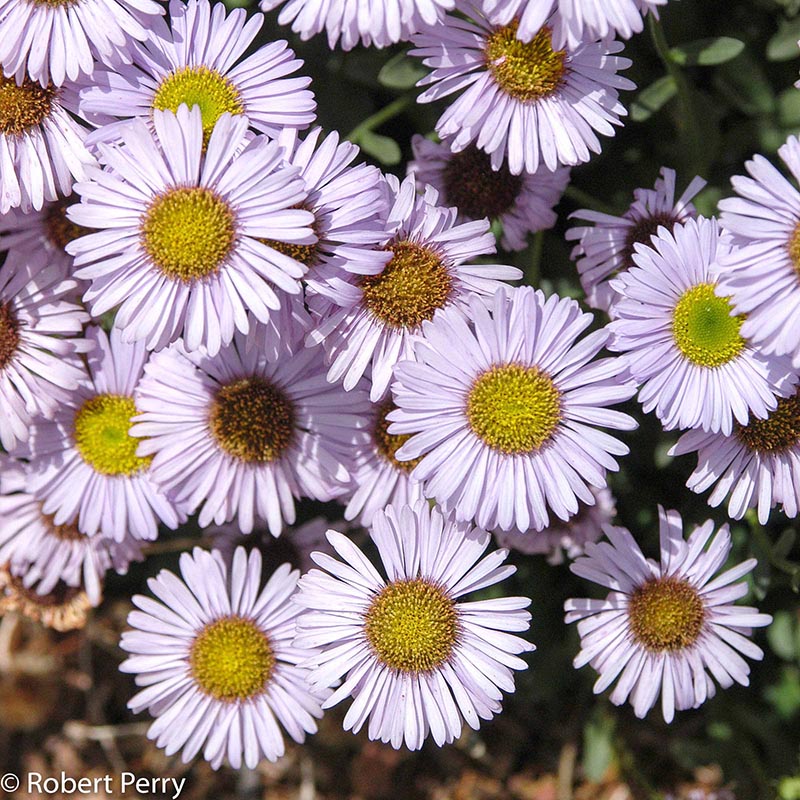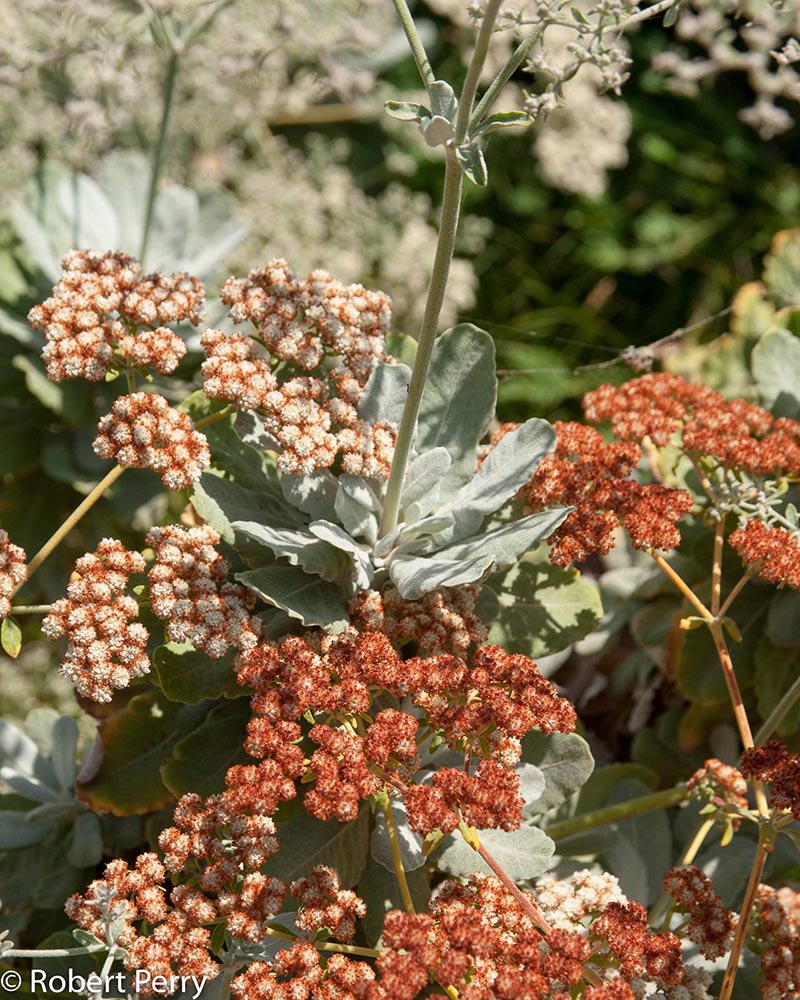Why Consider Gardening for Birds and Butterflies in Your Landscape?
Bird and butterfly populations are shrinking. We can help sustain them by providing food, water, and shelter in our waterwise gardens. This also makes our gardens more beautiful, enjoyable, and purposeful.
SEEDS AND INSECTS
Food for Birds
Seeds are an essential part of birds’ diets. Letting flowers fade on their stalks to fully develop their seeds will attract a variety of birds to your garden. Another critical food source are beneficial insects. Ninety-six percent of land-dwelling birds feed insects to their young. No insects, no baby birds! Caterpillars are the most important food source for many species of baby birds, so by providing for the needs of caterpillars, you will also be providing for the needs of baby birds.
Please don’t use insecticides in your garden. Many native plants attract a variety of beneficial insects that will help provide a healthy, balanced ecosystem in your garden, but they will not be pests to you.
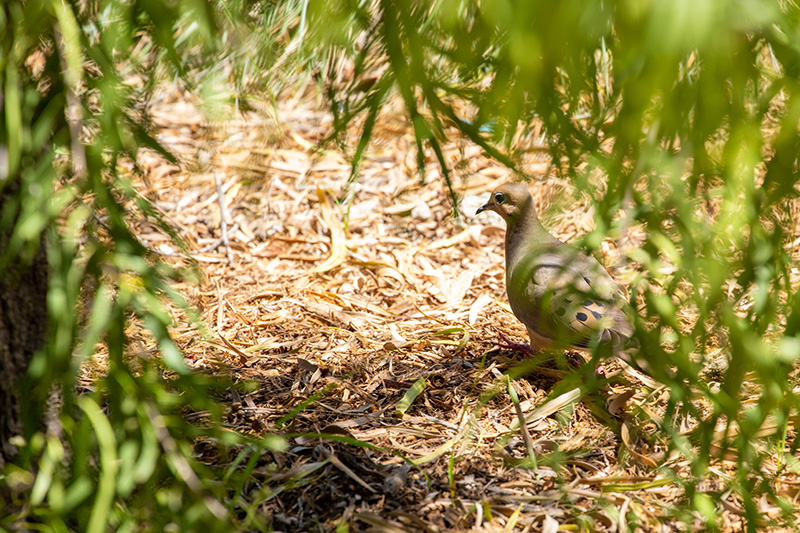

FOLIAGE AND NECTAR
Food for Butterflies
Provide the right leaves. The caterpillars (larvae) of most butterfly species eat only specific plants’ leaves. Fortunately, many California native plants are excellent “larval hosts” and support a range of native butterflies.
Adult butterflies need the sugars in flower nectar. Many species of California native plants are big nectar producers.
Songbird Gardening Highlights
